By Sheryl Parbhoo
Tanuja Desai Hidier is the epitome of South Asian American artistic achievement. Renowned author of the first South Asian coming of age Young Adult novel, Born Confused, she has brought to light the internal dialogue of so many western-born South Asians as they navigate the mixed waters of their heritage and the culture they live in. She is the recipient of the 2015 South Asia Book Award (for Bombay Blues) and the James Jones First Novel Fellowship and her short stories have been included in numerous anthologies.
Her pioneering 2002 first novel, Born Confused, was named an American Library Association Best Book for Young Adults and became a landmark work, recently hailed by both Rolling Stone Magazine and Entertainment Weekly as one of the greatest YA novels of all time.
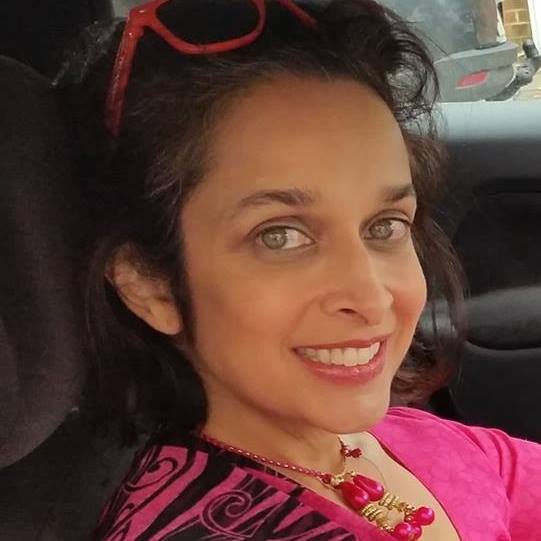
Tanuja is also the innovator of the ‘booktrack’; the music video for her album Bombay Spleen (songs based on Bombay Blues) track “Heptanesia” is currently airing on MTV Indies.
In this interview, she shares some insight into her successes as an author and musician.
What was your inspiration for writing Born Confused?
With Born Confused I wanted to fill a hole that had been on my childhood bookshelf, with a South Asian-American coming-of- age story. An exploration of ‘brown’. (And, many years after that, one of the reasons I wrote Bombay Blues—an exploration of ‘blue’—was to move beyond the skin.) I grew up in a small, predominantly white town in Western Massachusetts. We were the first ‘brown’ people—South Asians—there, though there were a couple of African-American families. At that time there were no people of our particular color anywhere: on bookshelves, in magazines, in bands, on T.V., even forecasting the weather. (Add to that the fact my parents were the first from both sides of the family to immigrate to the USA.)
When I was a child, on the US Census there was no South Asian American category. I was always confused when I’d have to fill out forms like this: about race. Was I Asian/Pacific Islander? More often than not I’d tick off ‘Other’.
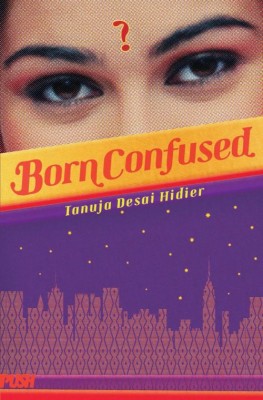
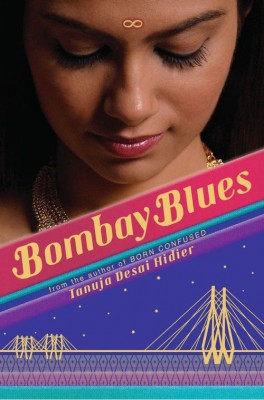 I wasn’t really tortured by these thoughts; had a daydreaming childhood in a loving family with a good set of friends. In fact, this daydreaming was perhaps why I felt ‘different’ if at all—this tendency to get lost in books and stories and my own imagination.
I wasn’t really tortured by these thoughts; had a daydreaming childhood in a loving family with a good set of friends. In fact, this daydreaming was perhaps why I felt ‘different’ if at all—this tendency to get lost in books and stories and my own imagination.
Though I was one of only a handful of children of ‘color’ at my school (that term didn’t exist then: we were two black kids and two brown), I don’t really remember being that aware of being so, at least from a racial and cultural point of view. But in retrospect this otherness—an otherness to myself, possibly, even more than vis-a-vis other kids—had manifest itself.
For example, a couple childhood Halloweens I dressed up…as an Indian girl. Or at least what I assumed an Indian girl dressed up like, from the little saris and bangles my relatives in India sent back to me for Diwali…which we didn’t celebrate (Halloween yes)!
Looking back on this fact now, many years later, I see that in a way it summarizes the feeling of Dimple Lala:
This not quite fully feeling Indian…nor American. Like Dimple, when I felt ‘different’ in India, I assumed it was because I was too American. And when I felt different in America, surely it was because I was too Indian. Or, conversely, neither American nor Indian enough.
Really, this later was my main struggle as a writer: Doubting whether I had what it took to write a novel. Utter confusion about what to write, how to express my cultures. In short: Not recognizing the value of my own story. I’d realized at some point in NYC that I wanted to write an Indian-American story—but felt I wasn’t Indian enough nor American enough to do so. One heart-pouring night in the East Village out with a friend I was lamenting this fact to her when she turned to look me straight in the eye and said, “That’s your story.” It was a pure light bulb moment:
Something clicked that night,…though it took me years to figure out what to do about it. This idea that, though I’d never fully felt a part of either side of my hyphen—Indian-American—that was a part of being part of it. That what I’d seen as a lack of a story was a true tale to be told itself.
Can you explain what an ABCD is?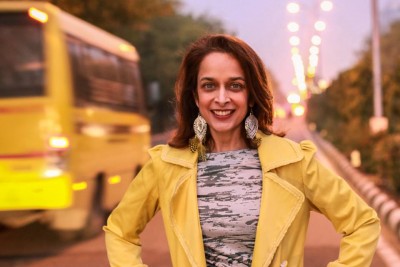
Born Confused is a South Asian American coming of age story that follows aspiring photographer Dimple Lala through a New York-New Jersey summer that turns her world on its head, as she tries to figure out how to bring her two cultures together without falling apart in the process. The title comes from ABCD, or American
Born Confused Desi (person of South Asian origin), a term South Asians from South Asia have to describe these second and third generation kids (well, adults, many of them now) who are supposedly confused about where they come from. (The alphabet goes all the way to Z, and there are two versions of it! You can hear it in full below:
[vsw id=”/Ei0tyw7u09M” source=”youtube” width=”425″ height=”344″ autoplay=”no”]When I first heard the term ABCD, and directed at me, however affectionately, by university friends from Pakistan and India—my first experience of ever having desi friends– my reaction was mixed: a sense of excitement that there was a term for ‘us’, we South Asian Americans who till that point had seemed to inhabit a neither-here- nor-there- space. And as well, a sense of indignation: at being named (and in a somewhat derogatory manner) by people who were not in fact part of this ‘other’ space.
In the late 90s, I discovered the first generation-American South Asian arts scene in NYC (that’s also when it came into being) almost overnight, when a short film I’d made with a South Asian protagonist began to play the
festival circuit. And almost overnight I met more South Asians than I’d ever known in my life, up to all kinds of creative mischief. And things began to click. The late 90s was an incredible moment in terms of the subculture’s gaining of critical mass and momentum:
We witnessed the flourishing of South Asian Studies departments, the birth of the South Asian Women’s Creative Collective, South Asian Student, Journalist, Lesbian & Gay associations, South Asian film festivals. And, crucially, a South Asian club scene. Parties like DJ Rekha’s Basement Bhangra and Mutiny created spaces where the twain could meet: Missy Elliott and Malkit Singh, Talvin Singh and Lauryn Hill together as if they’d never been apart. It was an eye-and-ear-opening experiencing living this moment.
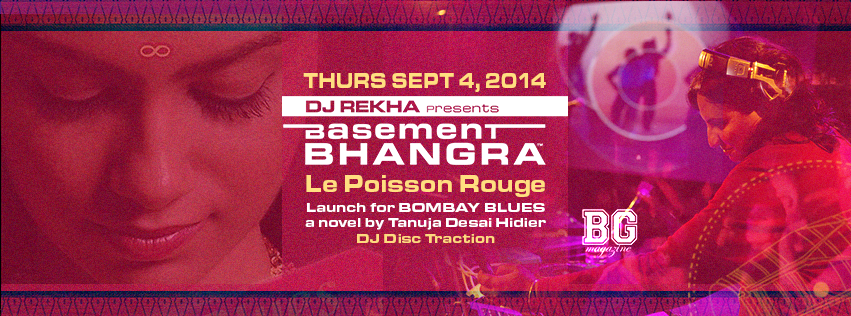
One aspect I loved about this particular breed of partying was how the politics of these people—of us! finally an us!—was very much intertwined with the music, the parties. The same folk who would be at an NYU debate arguing with passionate conviction about appropriation by day (see: Gwen Stefani. Bindi) would a few hours later all be throwing it down at SOBs for Basement.
And they sure as frock didn’t seem that “Confused” to me! Later, part of what I wanted to do in Born Confused is turn the ‘C’ for Confused in the term ABCD into one for Creative—as this felt to me to more accurately reflect the dynamic desis who peopled the world I’d known at home, and later in NYC. People who were in fact shaping and creating the culture as they went along. As we went along. And as humans we all do this, no matter what our background.
For we are All Born Creative Dreamers—scripting our own stories to realize our own dreams, expand and define our own space. We are all on this journey together.
Up until recently multicultural YA books have been few and far between. What kinds of YA did you read as a young person and did they influence your desire to write Born Confused?
Growing up, I was perpetually to be found with my nose glued in a book. I literally walked into walls sometimes I was so immersed in my reading! And my childhood favorites—everything Enid Blyton, the Nancy Drew series, ghost stories, witch stories, mysteries, Judy Blume, Judith Kerr, the Great Brain books, the Phantom Tollbooth, Encyclopedia Brown, Harriet the Spy — all have warped and yellowed pages from the bathwater hitting my shoulder and then them. From my pre-teens into high school (and still!), I loved all the classics: Moby Dick, the Scarlet Letter, A Catcher in the Rye, To Kill A Mockingbird, Little Women, A Tree Grows in Brooklyn, the Bell Jar, Watership Down, the Iliad, the Odyssey, and especially Charles Dickens.
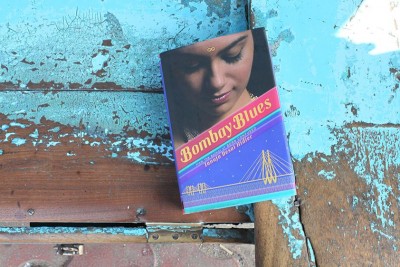
I never thought or think of any of this in terms of genre, age: teen, YA (and in fact, that entire concept wasn’t so talked, or buzzed, about then). And I very strongly believe it’s important not to (with the exception, of course, of when it comes to small children for whom some stories wouldn’t yet be appropriate). You build your own fences then; we often do.
These were all just wonderful stories. Early on, I fell in love with books. And that is inextricable from the fact that from when I was very little, I wanted to write them. And– many years later!– when I finally did, I didn’t write either of them for a particular age group or audience (if anything, I wrote both in many ways in honor of my family, especially my parents). In fact, I never targeted any market specifically from the outset: I actually sold Born Confused on a proposal before having written it, when I met the person who would become my editor at a gig, through the violinist in the punk-pop band I was in.
So, like Dimple Lala, my first novel was born backwards and turned around. And I feel so blessed it worked out this way, and that Born Confused was able to find its way to a large teen readership in part—who are some of my most favoritest readers of all!
What do you think about the state of multicultural YA lit now, and do you plan to write any other YA books?
It’s wonderful that more and more voices are being heard and celebrated, because only then can we come close to representing the diversity and richness of human experience, to even approximating a kind of truth: By revealing and reveling in our multidimensional selves.
Because there are innumerable, untold, (only some told) ways to be, for example, South Asian. Male. Female. Human. And our stories are our arsenal, our fuel. Our example: Of other ways to be. Alternatives. Coulds. Possibility.
I am certainly interested in writing more stories. And, again, I don’t really think of any of this in terms of YA or not. Though I do believe characters of a young adult age have a particular resonance, for just about any reader. Because no matter how old we are, we never stop coming of age. (And I’d love to write something for children at some point—now that I have them!)
As a parent, how important is it for you that your children have multicultural literature available to them?
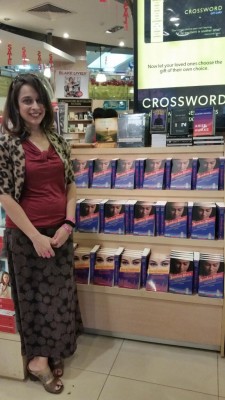
I’d just love for them to fall in love with books. Whichever books ignite that love, let it be, because that light then leads you into new reading territory. And it seems to be happening; my older daughter particularly loves French and Japanese graphic novels. And the little one loves…picking them up too and reading at random, to impress her big sister! It’s vital to have access to good stories, for our very growth as humans. For support and sanctuary, as well as to stimulate and challenge our thinking, our preconceptions.
But…maybe even more so: for the pure pleasure– the sheer and utter JOY!– of reading! The delicious spine-tingling feeling of not being able to put a book down. The afterglow and ache once a good one’s finished. The giddy kid-on- birthday-morning- and-first- snow-of- the-year anticipation of beginning one. It’s certainly important to feel you are reflected in some stories, that literature is an ally (and by this, I don’t mean that characters have to behave a certain way; just that books can reveal to you myriad ways to think, to be). But this includes the fact you may relate completely to some characters who are not of your particular background. And you may not relate as deeply to some who are. As it is in life.
There is no ‘Other’. We’re all in this journey together. And nothing brings that fact home more compellingly than a good story (and, of course, actual human relationships and love, like, respect!).
What message do you think both books send to young adult readers who have grown up as ABCDs like Dimple Lala?
Reading is a very intimate, personal act; you bring your entire story to the books you read. To everything you do, in fact! So whatever message readers find is up to them, and I hope it is a positive one.
What I learned during the writing process? A ‘C’ for Confused, with a little confidence and vigilance, can transform into a ‘C’ for Creative. A hyphenated identity—well, we are all of multiply hyphenated identities, if you go far back enough (for example, Latin-American, Indo-Chinese, Afro-Caribbean). But not only culturally: As well as in the sense of being composed of many parts we often struggle to bring together. Double, triple lives we strive to balance, harmonize (for example, having one life outside of the home, one in it, in terms of society, sexuality, family, whatever it may be).
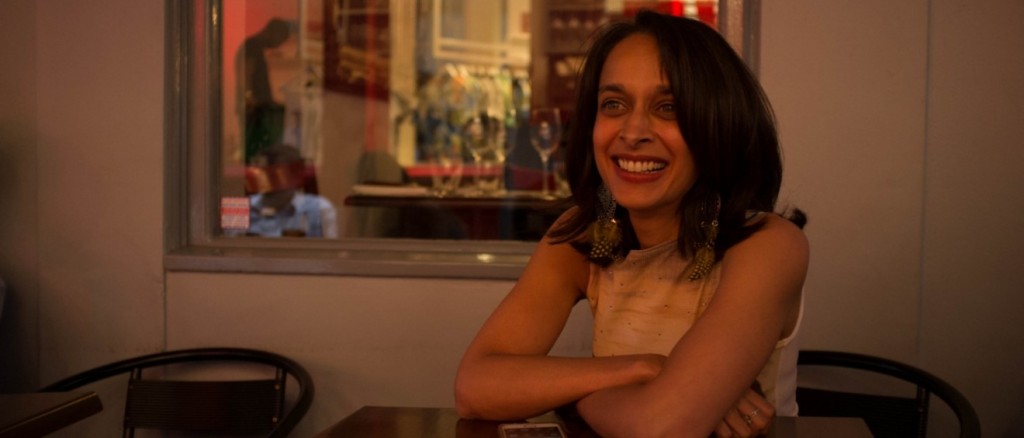
We as humans are always-evolving jigsaws, constantly fitting the pieces together, making and unmaking and remaking ourselves….And this hyphenated identity, I’ve come to realize, doesn’t mean that you;re 50-50, half of each, not quite either.You can be 100-100.200-200! Zero! INFINITE. The city we all live as humans is MULTIPLICITY. A hyphen doesn’t have to be a border: It can also be a bridge. It can also be a bridge. And it’s on the bridge—In the blur—The in-between—-Where life—the journey—truly occurs. And I hope they, we, enjoy the ride. Even if it’s uncomfortable at times—as most true journeys are! And like Dimple, that they be open to dropping the map from time to time.
You can read more about Tanjua at: thisistanuja.com


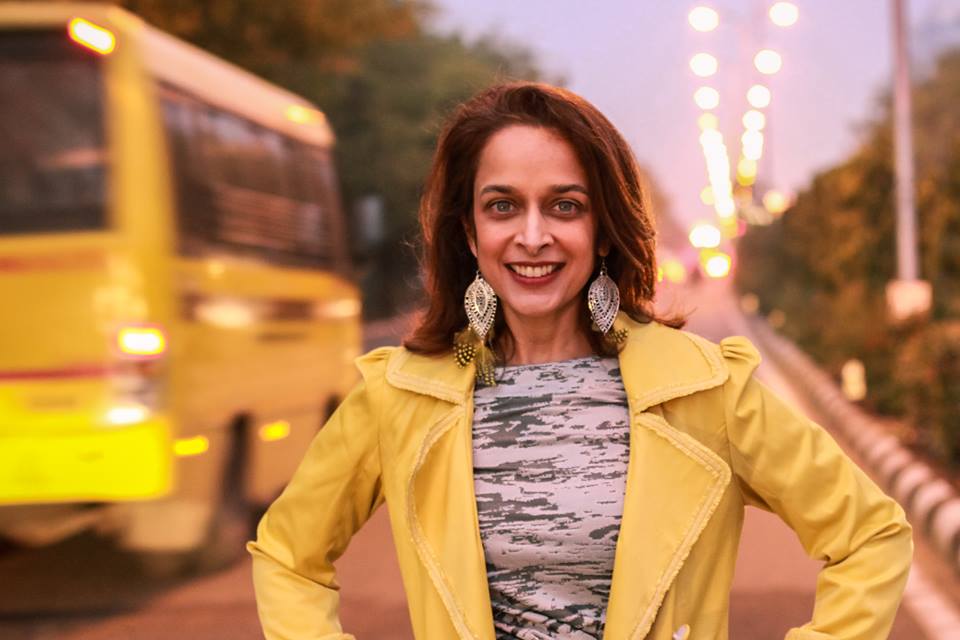
There are no comments
Add yours